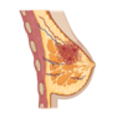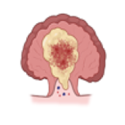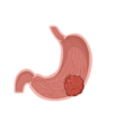Cell free DNA (cfDNA)-based assays hold great potential in detecting early cancer signals. However, predicting the tissue-of-origin for multiple cancer types at an early stage remains challenging due to the low abundance of tumor- derived cfDNA and the confounding presence of various DNA components released from non- tumor sources.

RWTH Aachen University, Germany. Applied mathematics.

University of Cambridge, U.K. Computer Science and Molecular Biology





(Fig. 2.A) Heatmap of average region values in each cancer tissue type or WBC across 2,945 CpG regions included in the TSMA.
(Fig. 2.B) Pathway analysis reveals cancer-related pathways, which were enriched by the set of genes to which TSMA regions were mapped.
(Fig. 2.C) Prediction performance using highest deconvolution score to assign label to samples in Dataset 1 comprising of 888 colorectal samples, 1,814 lung samples, 398 gastric samples, 888 breast samples and 429 liver samples
Specifically, we achieved accuracies of 100%, 98% and 93% for breast, liver and CRC cancer, respectively; while gastric and lung cancer exhibited lower accuracies of 66%, and 55%. These results validated our hypothesis and suggested that our TSMA has successfully captured cancer-specific signals that could be used to determine the TOO of a sample.
Trong Hieu Nguyen, PhD. TMSA key researcher


Request the test through your primary care doctor. A prescription and 10ml blood collection are required.
Your extracted DNA from the plasma will be sequenced by Next–generation ctDNA technology to analyze multi–feature of DNA.
Receive your ctDNA signal analysis results after 12 working days from the time sample is received at Gene Solutions Genomics Singapore laboratory.